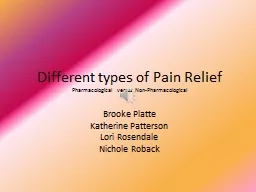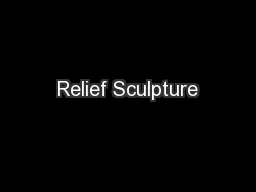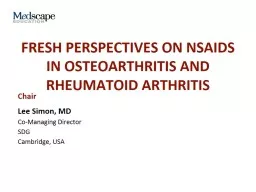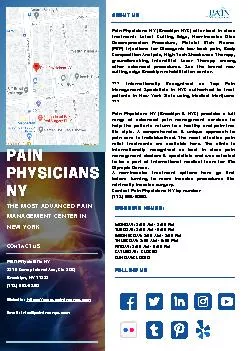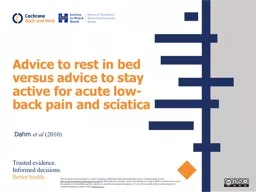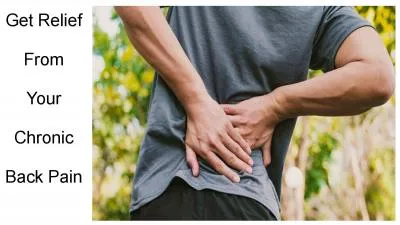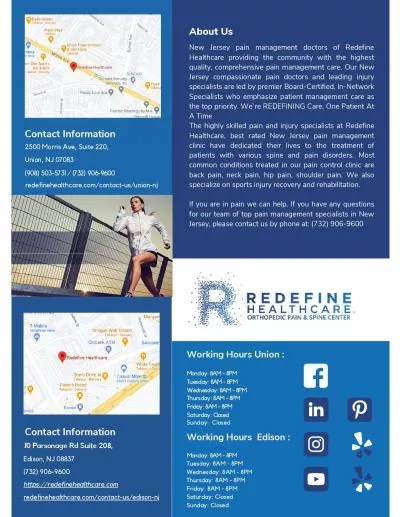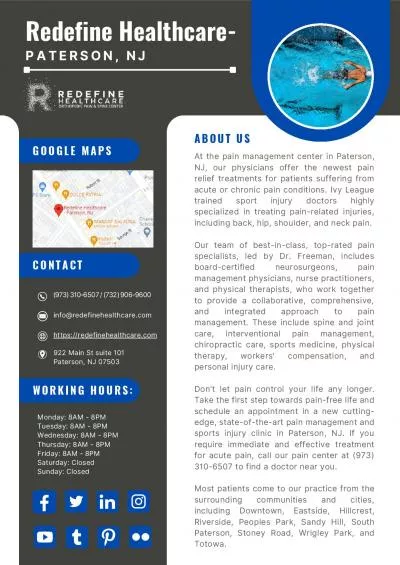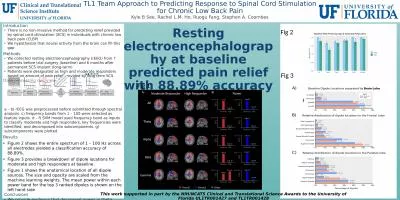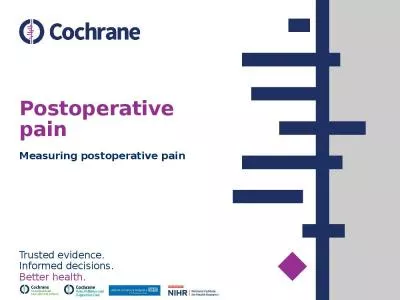PPT-Different types of Pain Relief
Author : jane-oiler | Published Date : 2016-11-28
Pharmacological versus NonPharmacological Brooke Platte Katherine Patterson Lori Rosendale Nichole Roback Introduction The reason for the development of this power
Presentation Embed Code
Download Presentation
Download Presentation The PPT/PDF document "Different types of Pain Relief" is the property of its rightful owner. Permission is granted to download and print the materials on this website for personal, non-commercial use only, and to display it on your personal computer provided you do not modify the materials and that you retain all copyright notices contained in the materials. By downloading content from our website, you accept the terms of this agreement.
Different types of Pain Relief: Transcript
Download Rules Of Document
"Different types of Pain Relief"The content belongs to its owner. You may download and print it for personal use, without modification, and keep all copyright notices. By downloading, you agree to these terms.
Related Documents

